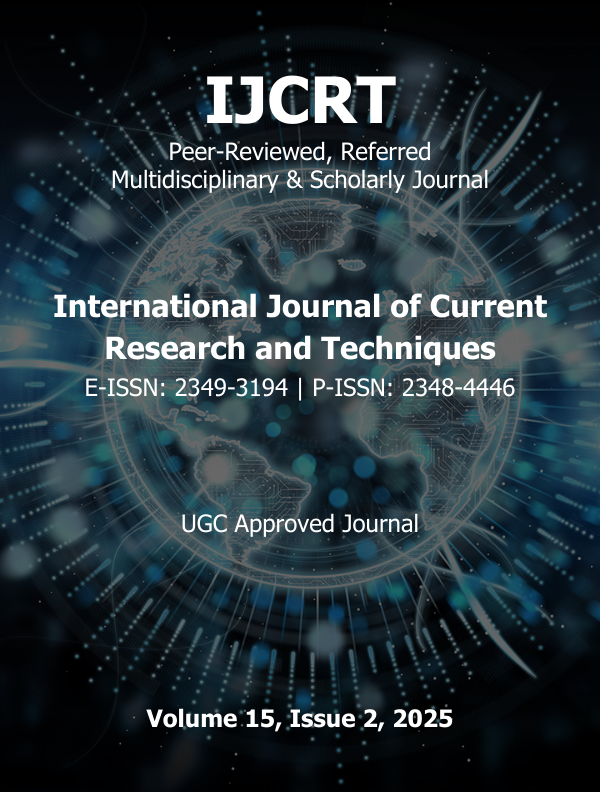Published 2025-05-07
Keywords
- Tensor Flow,
- NumPy,
- Support Vector Machine (SVM)
How to Cite
Copyright (c) 2025 IJCRT Research Journal | UGC Approved and UGC Care Journal | Scopus Indexed Journal Norms

This work is licensed under a Creative Commons Attribution 4.0 International License.
Abstract
Anemia is a major global health issue, especially in regions where access to medical diagnostic facilities is limited. Traditional methods for anemia detection rely on invasive blood tests that require laboratory infrastructure, skilled personnel, and costly equipment, making them impractical for remote or resource-constrained areas. This study presents a novel, non-invasive approach utilizing mobile health (mHealth) technology for anemia detection. By incorporating smartphone-based imaging, optical sensors, and machine learning algorithm analysis, the system examines physiological indicators such as skin tone, conjunctival coloration, and nail bed appearance to estimate hemoglobin levels. Advanced image processing techniques and machine learning algorithms enhance diagnostic precision while eliminating the need for blood samples. This technology offers a rapid, cost-efficient, and scalable alternative to conventional testing, improving accessibility and facilitating large-scale anemia screening, particularly in rural and underserved areas. Additionally, integrating mHealth features enables real-time tracking and remote medical consultations, fostering a more efficient and patient-centric healthcare model. This research underscores the significance of innovative, non-invasive diagnostic solutions in addressing healthcare disparities and improving patient outcomes, especially for vulnerable populations.

